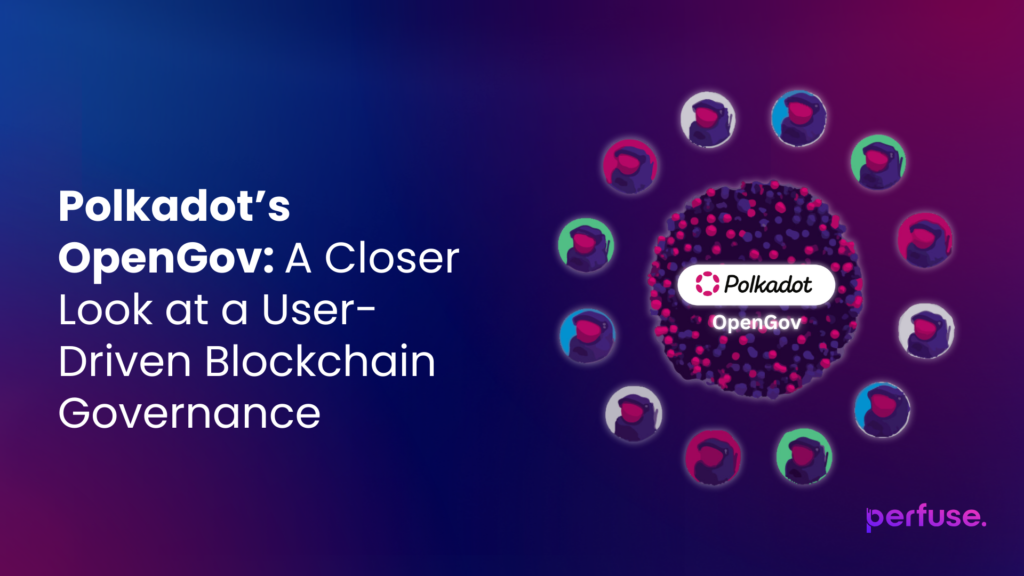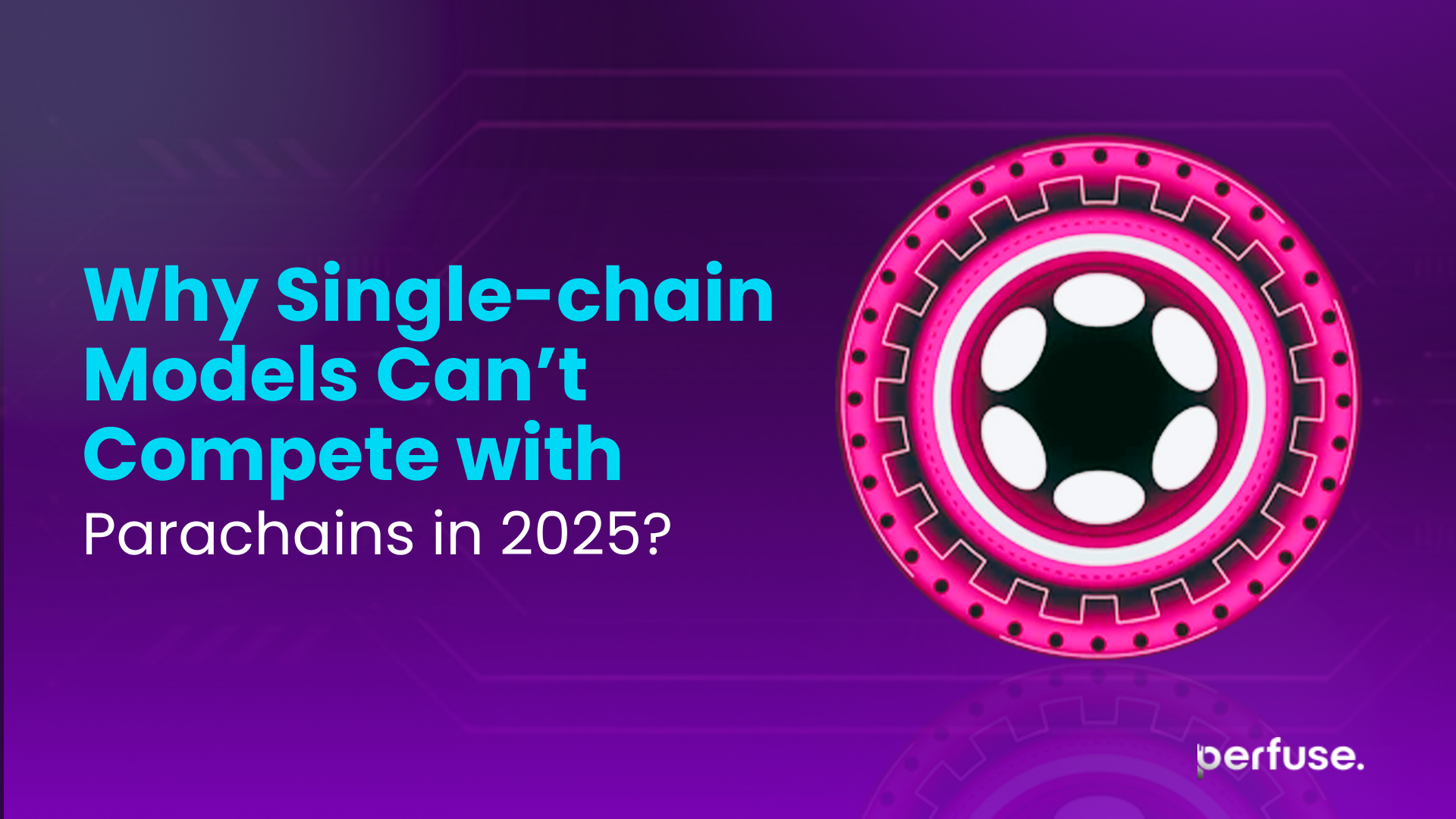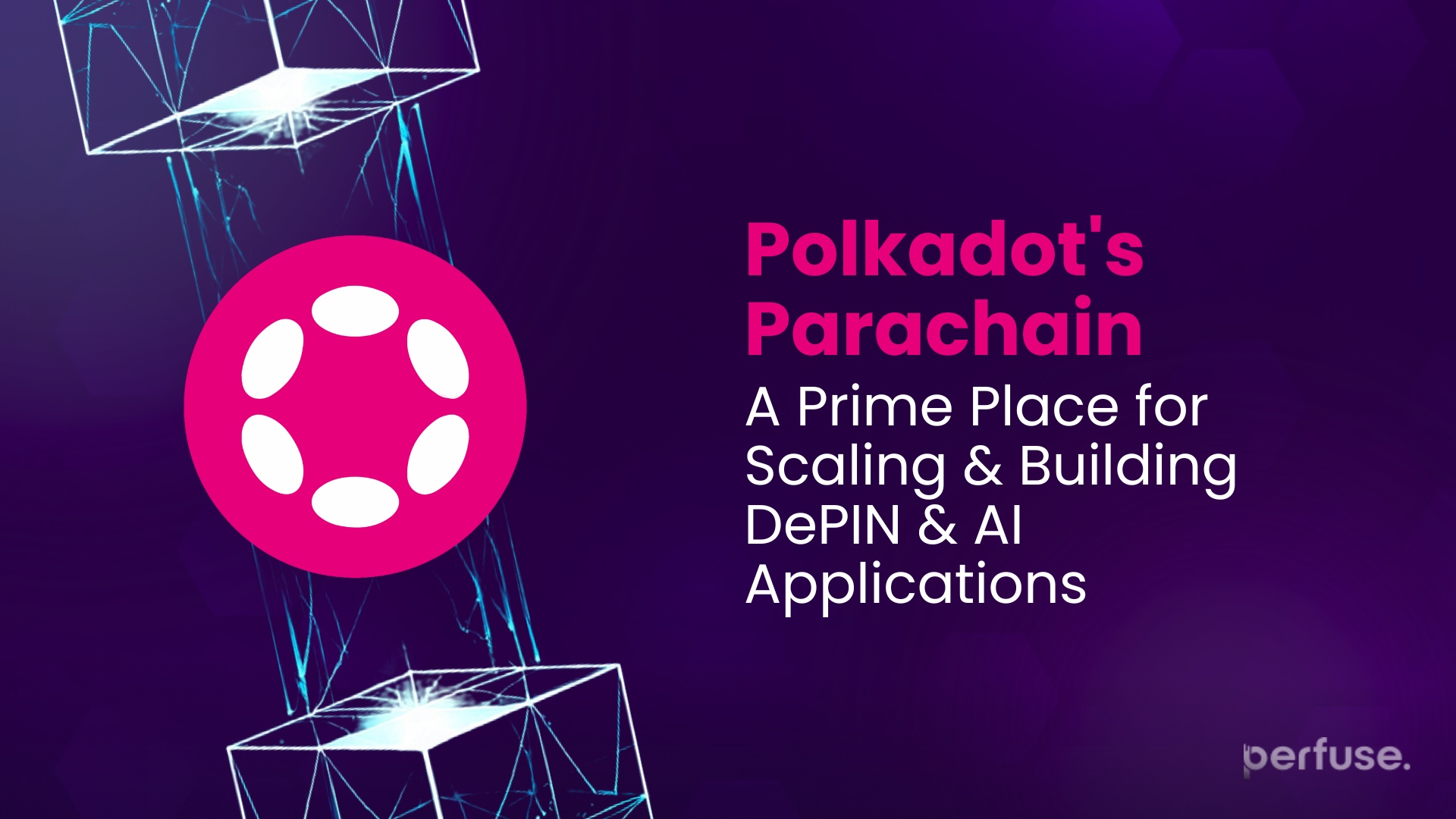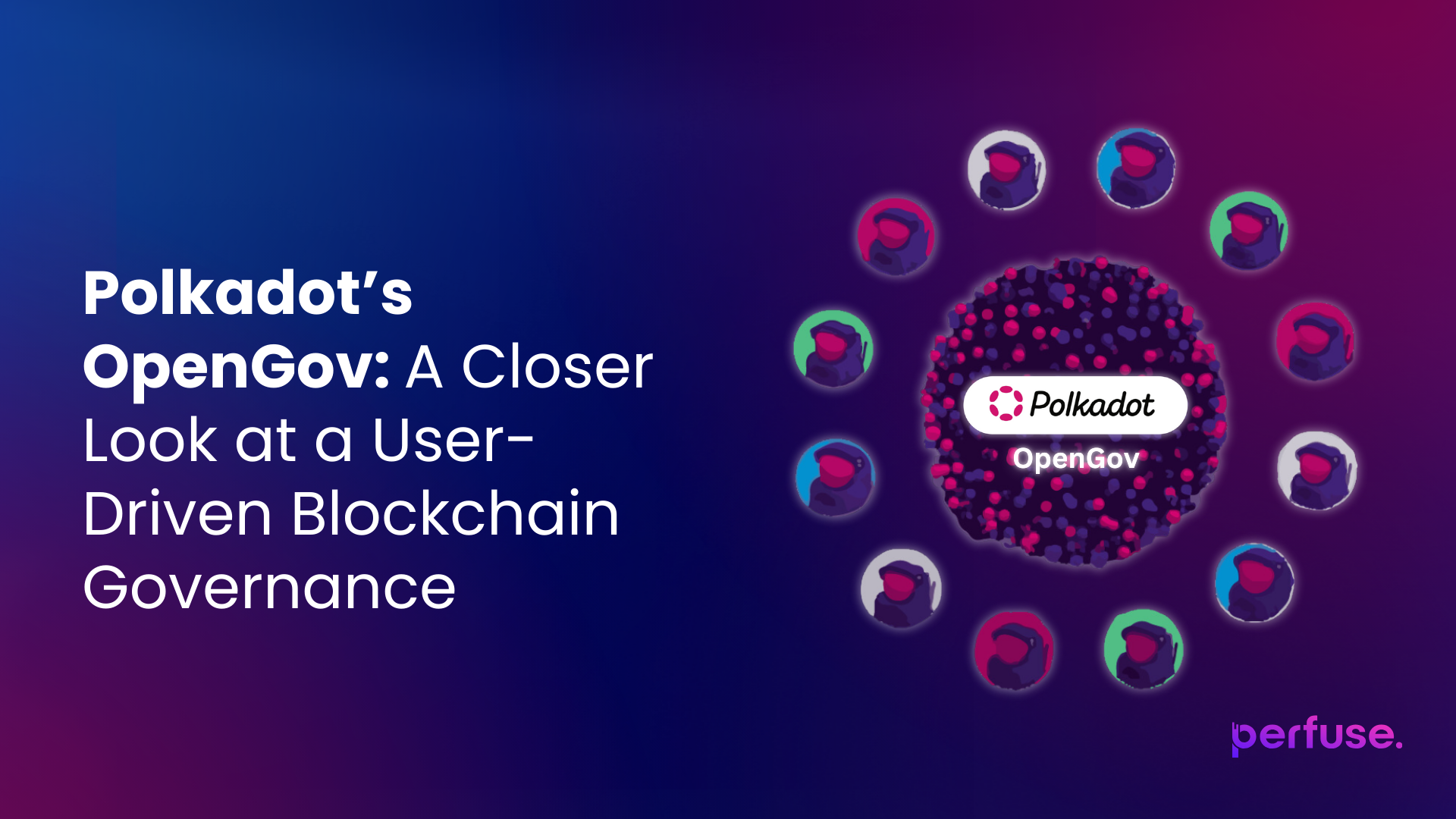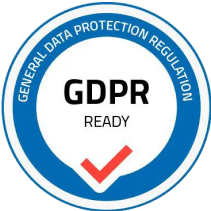Polkadot, though one of the earliest blockchains in the space, still remains developers one of the top choices in 2024. Through a progressive roadmap and decentralization at its core, Polkadot continues to push updates like Asynchronous Backing, JAM, Agile Coretime Upgrade, etc. However, despite that, there was one aspect of the Polkadot ecosystem that demanded thoughtful consideration: Polkadot OpenGov Blockchain Governance.
Why?
Because, it was observed that the Polkadot Council and the Technical Committee, who were responsible for undertaking important decisions shaping the Polkadot ecosystem, were rather slow. Why? Because they lacked the technical capability to speed up the governance process. As a result, multiple public referenda were simply shelved/ or ignored by the Polkadot Council and the Technical Committee, making the ecosystem appear centralized. Hence, the Polkadot ecosystem needed an innovation that could change this. Hence, the Polkadot OpenGov Blockchain Governance model was needed to bring a decentralized, scalable approach to decision-making.
What is Polkadot OpenGov Blockchain Governance?
In the erstwhile governance set-up of the Polkadot ecosystem, which was termed as the V1/or Gov1, the technical committee, council, and stakeholders were responsible for making important decisions that could shape the growth of the ecosystem. However, over time, it was felt that the early governance process involved just one referendum at a time, and these events happening every 28 days would terribly slow down the progress of the ecosystem. As a result, the need for a scalable and decentralized governance system was necessitated. Polkadot OpenGov Blockchain Governance has achieved this, making the Polkadot ecosystem increasingly decentralized and scalable.
How has Polkadot’s OpenGov Blockchain Governance Fixed Previous Issues?
Previously, the governance structure could accept one proposal at a time. As a result, often, the technical committee and council would ignore or delay proposals that didn’t fulfill their objectives. In this pursuit, they used the alternating voting timetable, which favored a handful of the Council and Technical Committee passing their own referendum as per their whims and fancies. However, Polkadot OpenGov Blockchain Governance has replaced that with open participation from all the dot holders. So, any participant can push for their proposal and get it validated. But that would amount to the system requiring the capability of receiving all the proposals at a time. However, when you have limited bandwidth for accepting proposals, in that case, curators, who are a handful, might override a proposal due to technical limitations. How do we deal with that?
Here comes ‘The lead-in period’ in Polkadot OpenGov Blockchain Governance. The lead-in period will track all the proposals to determine the fate of the ecosystem. How?
For example, earlier in the Governance v1 model, if any referenda had been carrying the same weight, in that case, the system allowed just one proposal at a time. The curators with the highest stake had the power to sabotage the system and influence the selection of their proposal.
However, Polkadot OpenGov Blockchain Governance changed this by allowing more than 15 origins to operate simultaneously on separate tracks, and those with even minimum bonded dots can now participate and propose and even get their proposals accepted.
How does that happen?
With the Polkadot OpenGov Blockchain Governance model, the ecosystem segregates proposals into (i) Small Tipper Track, Medium Tipper Track, and Big Spender Track. Meaning, those proposals requiring lesser funding will be put in the Small Tipper Track, and those with higher funding requirements will be put in the Big Spender Track. So, no upgrade will be shelved or put on hold in any capacity.
And if you think that could impact important updates determining the fate of the ecosystem. In that case, Polkadot’s Parity Technology will have the power to propose a technological upgrade proposal under Polkadot’s OpenGov Blockchain Governance mode. It will be looked up by the Polkadot Fellowship, which is a more decentralized body formed to assess all the proposals democratically.
They can whitelist proposals that are important for the growth of the ecosystem, and the community can check the proposal and approve it by bonding sufficient DOT tokens; however, they will see an urgent notification because such proposals will have a shorter lead-in, confirmation, and enactment period. Despite that, everything will be passed, subject to approval from the community as a whole. Hence, introducing decentralization but not at the cost of technology oblivion.
How Has Been the Progress of Governance On the Polkadot Ecosystem In the Last 1 Year?
After the rollout of the Polkadot OpenGov Blockchain Governance, there has been a steady increase in user participation. For example, from August to September alone, there have been 1,194 referendums initiated by the community. When comparing the same with the same time of the year in 2023, there were only 83 proposals. This highlights that after the Polkadot OpenGov Blockchain Governance model launch, decentralized governance reached its peak because more than 403 proposals have been received so far.
At the same time, due to this activity, the Polkadot treasury has seen some of the best days. For example, in the month of May 2024, the treasury address on AssetHub saw only $69 in USDT spent on some referendum. However, fast forward to August, in just 3 months, the treasury saw a skyrocketing 92k USD in spending, which signals considerable participation, as evident from this chart below.
As you can see in this chart, outreach spending has increased significantly. For example, it was 7.49M USD in 2023, whereas, in 2024, it has gone up to 54.6M USD. Even the development spending has increased significantly from 10.77M USD to 24.79M USD. All these denote that more participation has been coming from the community who are jointly participating to help scale the ecosystem. With such outcomes, the governance is turning agile, democratized, and scalable.
These reports are enough to anchor the fact that OpenGov has been a stepping stone for the Polkadot ecosystem to move towards decentralized governance. From now on, it has been concluded that every dot holder, irrespective of the number of dots they hold, would be an integral part of the blockchain governance of the Polkadot ecosystem. However, it is not debatable that there are some segments, like fluctuating voter participation, concentrated influence in areas like the bounty system, and maintaining long-term engagement of community members, as concerning hotspots that need timely addressing to help scale the ecosystem.
However, it is not doubtful that with time, they shall be resolved, nonetheless because so far, upgrades like the Technical Fellowship Committee have seen critical appreciation from the community as per crypto Twitter as it demonstrates a strategic move towards a more participatory and technically robust decision-making process in the Polkadot ecosystem. So, if you are getting intrigued by these updates and want to build on top of the Polkadot ecosystem, you need a reliable partner.
How the Polkadot OpenGov Blockchain Governance is Different from Other Leading Chains?

Build Your Own Polkadot Parachain With Perfuse
Perfuse, powered by Zeeve, makes it super easy to build and launch Polkadot parachains without the complexity of managing multi-level infrastructure. Whether launching a Parachain testnet with its 1-click sandbox tool or launching a full-fledged Parachain with dozens of 3rd party integrations, businesses get everything in one place.
Visit Perfuse for detailed information on the services we provide and which one will be suitable for your needs. Need a demo? Have further questions, contact us, and our expert team of Parachain experts can help you figure out the best solution for your business.
